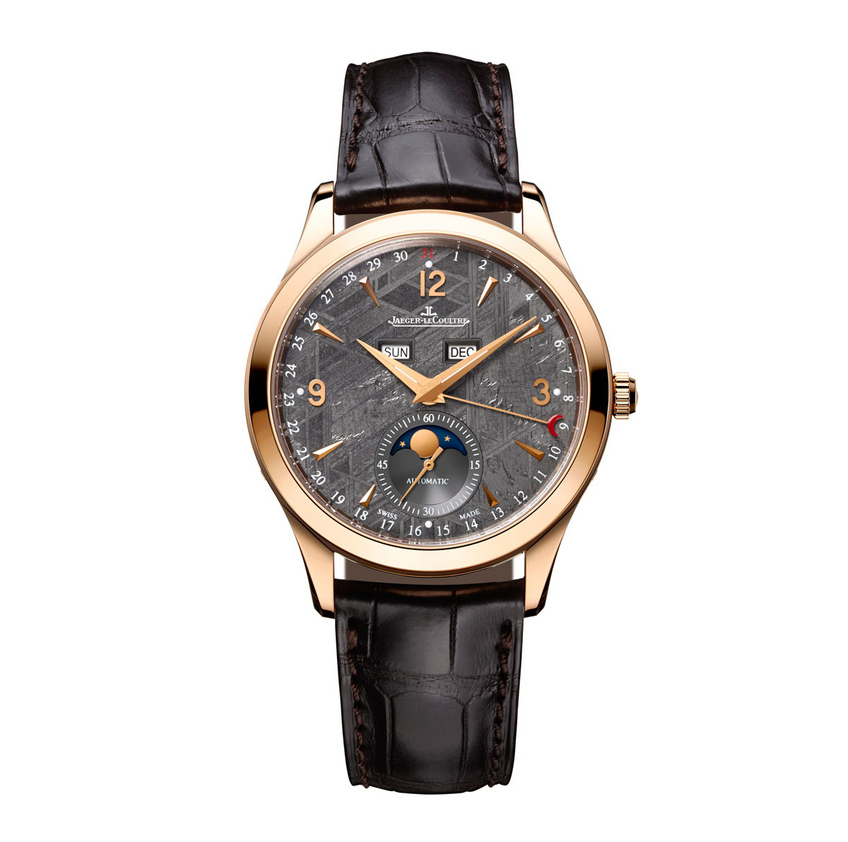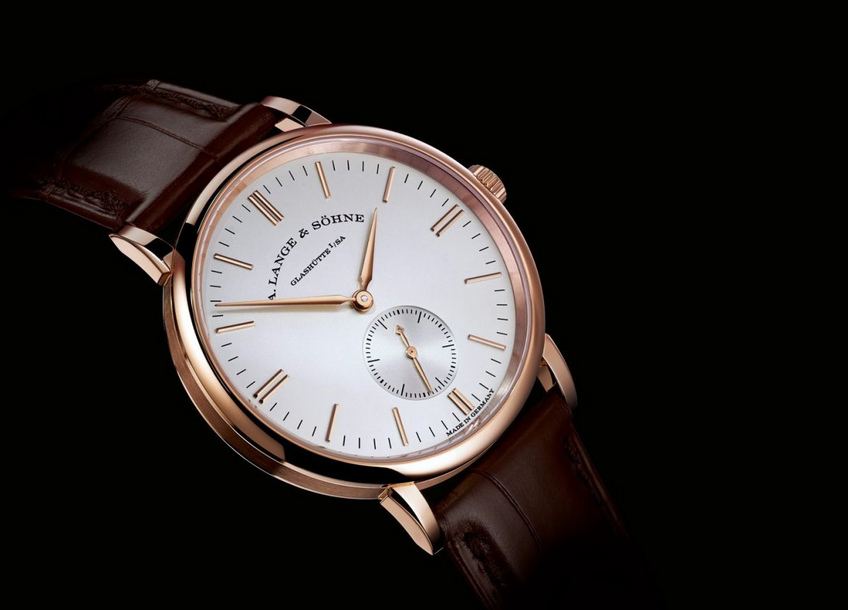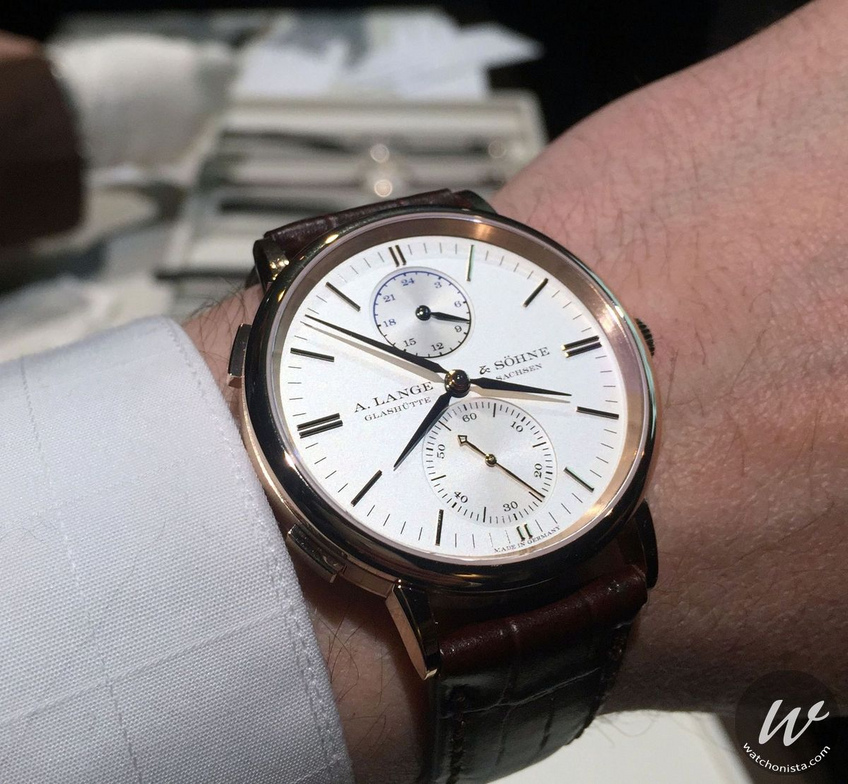

SIHH 2015 - From the harmony of spheres to the harmony of time
Jaeger-LeCoultre makes a reference to space while Audemars Piguet pierces the secrets of sound and A. Lange & Söhne pays tribute to tradition. An account of the start of 2015 starring three watches.
Star trajectories produce a perfect and mysterious sound. Its quasi-inaudible notes are like divine music; like the explanation of planet harmony that only initiated members of the Fraternity could hear. In the 6th century BC, Pythagoras explained the positioning of planets with a strange scientific-poetic theory that can be summarized in three key words: sound, space and tradition.

We find these three words again in 21st century watchmaking rhetoric. Three brands have united their skills and used these concepts to create new time harmony. In the wake of the New Year, Audemars Piguet has provided the sound with its new minute-repeater, the Royal Oak Concept. Space has been represented by Jaeger-LeCoultre in the meteorite dial of its Master Calendar. Finally, tradition has come from A. Lange & Söhne’s delicate reinterpretation of its Saxonia collection.
All three timepieces were introduced in a preview a few weeks before the opening of the SIHH and attest the extraordinary legitimacy of the brands they represent. These brands have a significant legacy that they perpetuate thanks to their capacity to innovate.

Audemars Piguet reinterprets sound
This time, Audemars Piguet forsook traditional watchmaking and opted to reinterpret the sound of its minute-repeater. The Brassus-based manufacture used the help of specialists from very different fields. They were a string-instrument maker, an engineer from the EPFL and a professor from Geneva’s music conservatory. Together, they redesigned striking mechanisms by looking for a new, wider and improved sound in terms of tone, tonality and harmony. The watchmakers and craftsmen of Audemars Piguet then took three years to transform this first study into a concept watch. Minute-repeaters were invented before electric light and allowed their owner to “read” time even in the dark. Audemars Piguet turned it into a sharing experience thanks to a loud and clear sound that travelled without any obstacle or interference since the mechanism of the sound regulator was practically silent.
The Royal Oak Concept is also equipped with a chronograph function and is open worked to reveal a tourbillon at the heart of its 44-mm titanium case.

The Universe in 39 millimetres
Some miles away in the Vallée de Joux, in the Sentier-based manufacture, Jaeger-LeCoultre produced the Master Calendar. The watchmakers of the “Grande Maison” have fitted space in this smaller-sized 39-mm watch. Its dial has been cut in an iron-filled meteorite block. The meteorite was born between Mars and Jupiter and landed somewhere in Sweden. The manufacture’s craftspeople worked patiently on it until they obtained perfect aesthetics. The watch also features sidereal time as stars and their movements have, since the beginning of time, defined time measurement. The Earth rotation displays the hours; its orbit, the year; and the moon phases, the months. Now Jaeger-LeCoultre has transferred it all to watchmaking: a red moon crescent is at the tip of a long calendar hand while days and months are indicated through two apertures at 12 o’clock. These are counter-balanced by the small second at 6 o’clock which overlaps the moon phases.

A guardian of tradition
At A. Lange & Söhne, only slight changes were made to the pieces in the Saxonia range. The collection was launched 20 years ago and it was named after the German brand’s place of origin. The Glasshütte-based manufacture acted as a guardian of tradition and modified only some carefully thought-out details that highlighted the pieces’ streamlined classicism and simplicity. The indexes on the dials have been moved slightly closer to the bezel and doubled at 3, 6, 9 and 12 o’clock. The Saxonia Automatic and Saxonia Dual Time models now feature numerals on the dial of the small second, which incidentally offers better readability. Equipped with 35-mm and 38.5-mm cases respectively, the Saxonia and two previous models of the range still feature the same aesthetics as 20 years ago.







